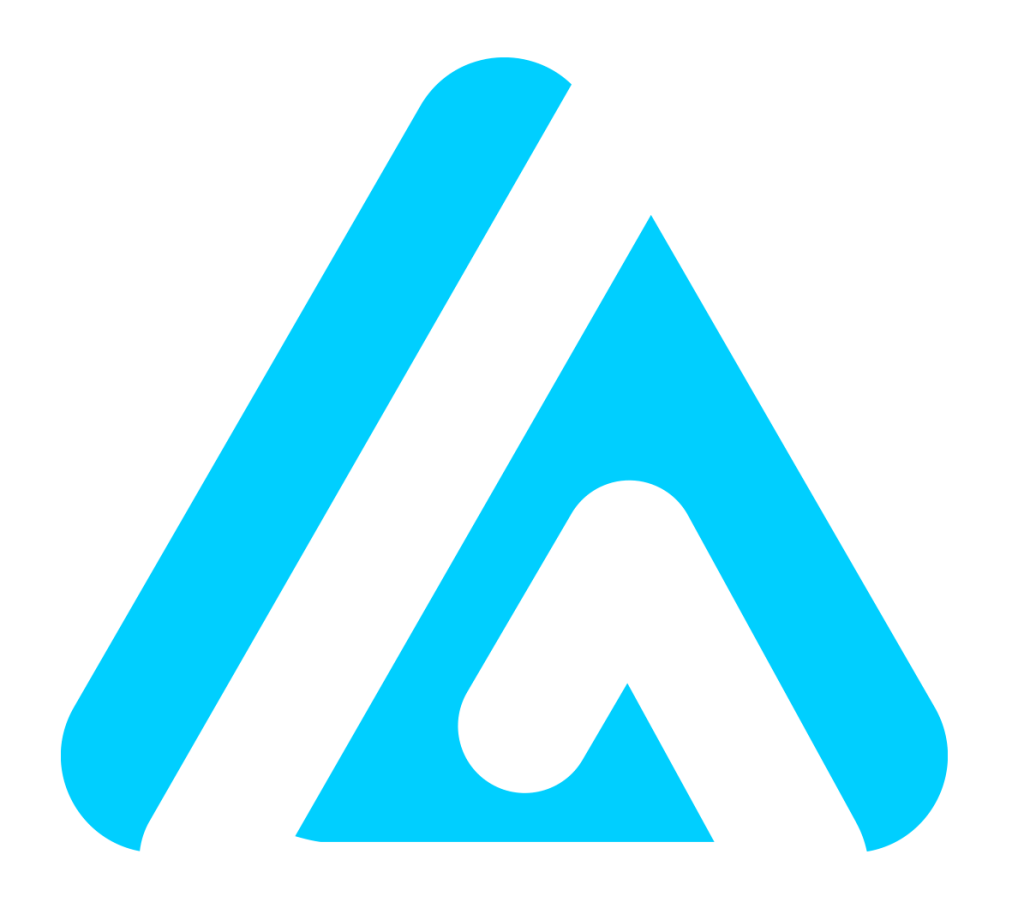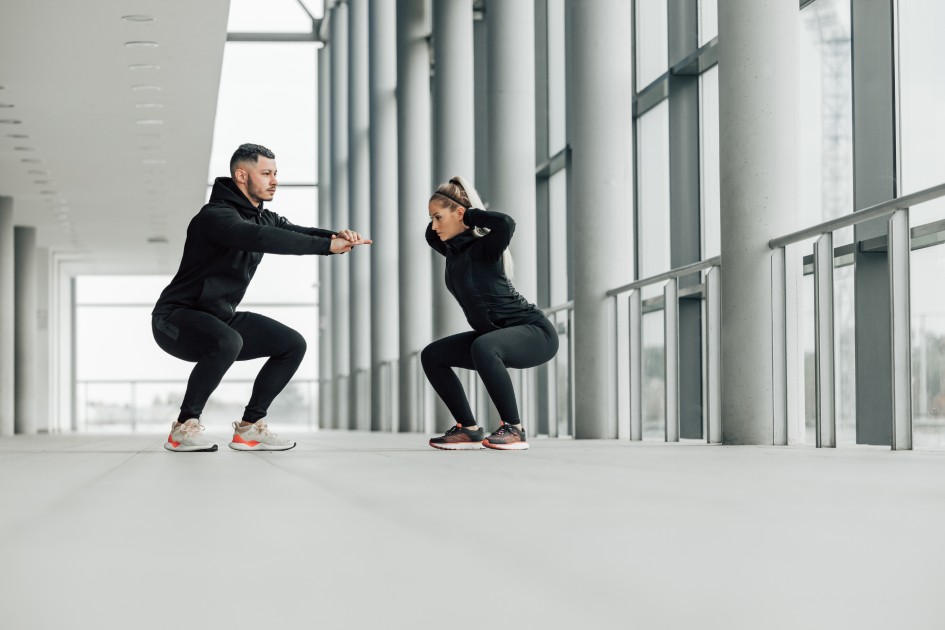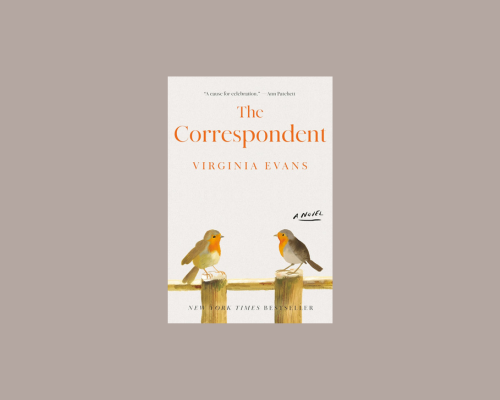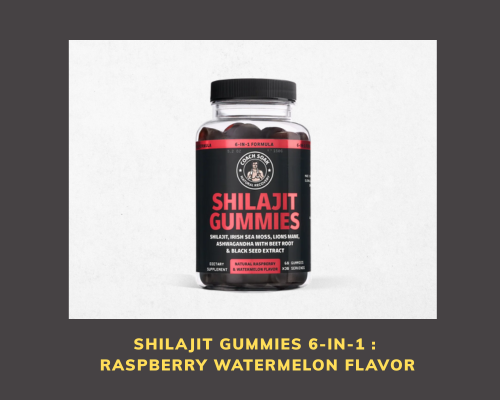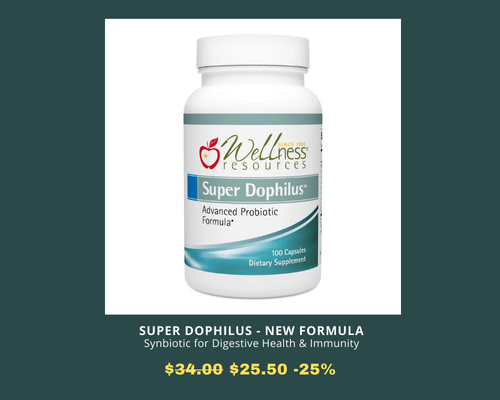Are you ready to level up your leg day and build a powerful lower body? Focusing on your glutes, legs, and overall lower body can transform your fitness – from boosting athletic performance to improving everyday mobility. In fact, questions about glute training remain some of the most common in fitness, showing how many people crave a stronger, more toned backside. This evidence-based, motivational guide will walk you through why lower-body training is so important, the best gym and bodyweight exercises, and how to get started. Let’s dive in and make skipping leg day a thing of the past!
Why Focus on Glutes and Legs?
A strong lower body isn’t just about aesthetics – it’s fundamental to health and performance. Here are some key benefits of training your glutes and legs:
- Injury Prevention & Posture: Strong gluteal muscles stabilize your pelvis and spine, which helps maintain proper alignment. This support reduces strain on your lower back and knees, cutting the risk of pain or injury. In other words, powerful glutes protect your back and joints during lifting and daily activities.
- Power & Athletic Performance: Your glutes and leg muscles are your body’s engine for movement. They drive explosive hip extension for running and jumping, and they’re essential for heavy lifts. If your glutes are weak, you’ll have less power and efficiency in sports and workouts. Strong glutes = better acceleration, higher jumps, and improved overall performance on the field or in the gym.
- Metabolism & Weight Management: Training big muscle groups like the quads, hamstrings, and glutes can boost your metabolism. Research shows that after a strength-training workout, your body burns extra calories for up to 24 hours medicine.uky.edu. Over time, building muscle raises your resting metabolic rate – muscle tissue burns more calories at rest than fat – helping you burn fat more effectively. If weight loss or body recomposition is your goal, don’t skip those leg workouts!
- Functional Strength & Daily Life: Strong legs make everyday tasks easier – from climbing stairs and carrying groceries to playing with your kids. The glutes (gluteus maximus, medius, and minimus) are prime movers in actions like walking, squatting, and climbing acefitness.org. They also aid balance and stability for one-legged tasks like stepping sideways or simply standing on one leg. In short, a fit lower body helps you stay independent and active in daily life acefitness.org.
- Bone Health & Healthy Aging: Weight-bearing leg exercises (think squats, lunges, etc.) strengthen more than just muscles – they also strengthen your bones. Regular resistance training increases bone density, especially in the hips and legs. This is crucial for women and older adults to prevent osteoporosis and reduce fracture risk. For example, weighted squats help promote bone growth in the spine and hips. Strong legs + strong bones = a safer, more resilient you as you age.
Pro Tip: No matter your goal – weight loss, muscle building, or just staying active – training your lower body will pay off. From torching calories to improving balance, a focus on glutes and legs benefits everyone, from beginners to elite athletes. So next time you’re tempted to skip leg day, remember all the good it does for your body!
Best Gym-Based Exercises for Glutes and Legs
When you have access to gym equipment, you can really challenge your lower body with heavier loads. Here are some of the top gym exercises to strengthen your glutes, quads, hamstrings, and calves:
- Squats: Often called “the king of lower-body exercises,” squats engage all the major muscle groups in your legs and glutes. Barbell back squats, in particular, are fantastic for building overall leg strength and muscle. They strengthen your hips, thighs, and even your lower back – and even promote bone density in these areas. Start with just your body weight or an empty bar to nail down form, then gradually add weight for progressive overload.
- Deadlifts: This classic lift targets the entire posterior chain – glutes, hamstrings, and back – while also engaging your core. By lifting weight from the ground, you build powerful glutes and a strong lower back. Deadlifts also load the spine and hip bones in a healthy way, helping increase bone density in your lumbar spine and pelvis. Keep your form strict (flat back, drive through your heels) and start with lighter weight if you’re new.
- Lunges: Lunges are a unilateral (single-leg) exercise that work your glutes, quads, and hamstrings while improving balance and stability. You can do lunges in place, walking lunges across the gym floor, or reverse lunges stepping backward. Add dumbbells or a barbell to increase resistance. Lunges not only build muscle but also even out strength differences between legs, helping you move more symmetrically in daily life. (Plus, they’ll set your glutes on fire – in a good way!)
- Leg Press: The leg press machine lets you push heavy weight with your legs in a controlled range of motion. This is especially useful for beginners or those with back issues, since the machine supports your back as you press. Don’t dismiss machine exercises – studies note that the leg press provides a stable environment for building leg strength, and it’s great for safely learning to push your limits. As you get stronger, you can translate that strength to free-weight squats and deadlifts.
- Hip Thrusts (Glute Bridges): If glute development is a priority, hip thrusts are a must. This exercise involves driving your hips upward (usually with your upper back on a bench and a barbell over your hips) to directly target the gluteus maximus. Research confirms that adding barbell hip thrusts to a leg routine significantly increases glute size gains – one study found a 9.3% glute growth in 10 weeks when hip thrusts were included, versus 6.0% without them. In the gym, you can use a barbell or a loaded hip thrust machine. At home, glute bridges (thrusting your hips up from the floor) are a great substitute. Focus on squeezing your glutes at the top of each rep for maximum activation.
- Hamstring Curls & Leg Extensions: These isolation machine exercises target the back and front of your thighs, respectively. While compound moves like squats and deadlifts give you more bang for your buck, hamstring curls (lying or seated) and leg extensions can help fine-tune your leg strength and correct any weak spots. Bodybuilders often include them to fully fatigue the muscles and carve out definition. If you have access to these machines, consider adding 2–3 sets at the end of your workout for a complete lower-body routine.
- Calf Raises: Don’t forget your calves! Strong calves support your ankles and improve overall lower-body performance (useful for running and jumping). You can do calf raises with a machine, holding dumbbells, or simply on a step with your body weight. Aim for high reps (15-20) to really feel the burn. Building your calves ensures no part of your lower body gets left behind, giving you balanced strength from glutes to toes.
Pro Tip: For the best results, mix and match these exercises. Trainers recommend incorporating multiple movements to hit your glutes and legs from different angles. For example, you might squat and deadlift one day, then do lunges, hip thrusts, and leg presses on another. Variety not only maximizes muscle development but also helps avoid overuse injuries. And always prioritize good form over heavy weight – quality reps lead to quality results!
Effective Bodyweight Routines for Lower Body
No gym? No problem! You can still crush a lower-body workout with just your bodyweight (or minimal equipment like a chair or resistance band). In fact, many bodyweight exercises are surprisingly effective at activating your glutes and legs. A famous study sponsored by ACE found that single-leg squats, step-ups, lunges, and even quadruped hip extensions (“donkey kicks”) worked the glutes just as much as traditional weighted squats. Here are some great moves to try anywhere:
- Bodyweight Squats: Simply doing squats with your bodyweight can be a terrific workout. Aim for higher reps (15+ per set) to build muscular endurance. To increase intensity, try jump squats – exploding off the ground – which build power and really fire up your quads and glutes. Maintain good form (chest up, knees tracking over toes) even as you fatigue.
- Walking Lunges: Take the classic lunge on the move. With walking lunges, you’ll strengthen your legs and glutes while also elevating your heart rate for a cardio boost. Focus on taking a big enough step that your front knee stays roughly over your ankle. Feel that stretch in your trailing leg’s hip flexor – that means you’re also improving your hip mobility.
- Step-Ups: All you need is a sturdy bench, step, or even a stair. Step-ups are fantastic for the glutes, quads, and hamstrings, and they mimic functional movements like climbing stairs or hiking uphill. Drive through the heel of the working leg as you step up to engage the glutes fully. You can alternate legs or do all reps on one side to fatigue that leg before switching. To increase difficulty, hold dumbbells or do a high knee raise at the top of each step-up.
- Glute Bridges: This is the bodyweight version of the hip thrust. Lie on your back, knees bent, and push through your heels to lift your hips toward the ceiling, squeezing your glutes at the top. Glute bridges isolate and activate the glute muscles intensely – try pausing for a second at the top of each rep. For more challenge, do single-leg glute bridges (one foot in the air or on the opposite knee) to really feel the burn.
- Donkey Kicks and Fire Hydrants: Start on all fours (hands and knees) for these glute isolation moves. For donkey kicks (quadruped hip extensions), keep your knee bent and kick one heel upward toward the sky, using your glute to lift the leg. Fire hydrants involve lifting your bent leg out to the side (like a dog at a fire hydrant) to target the gluteus medius on the side of your hip. These exercises may look easy, but do them for high reps and you’ll quickly understand their effectiveness! They were even shown to activate the glutes more than squats in some cases. Add a resistance band around your thighs for extra intensity.
- Wall Sits: A great finisher for your quads. Slide your back down a wall until your knees are at about 90 degrees, and hold that “seated” position. Your quads will be on fire after 30-60 seconds. Wall sits build isometric strength and endurance in your legs – perfect for skiers, hikers, or anyone who needs strong thighs for sustained activities. Challenge yourself to hold a few seconds longer each session.
Pro Tip: Get creative with at-home workouts. You can use household items as improvised weights (a loaded backpack for squats, or water jugs for step-ups). Also consider resistance bands – loop bands are amazing for adding difficulty to glute bridges, band walks, and clamshell exercises. And remember, consistency trumps fancy equipment. Pushing yourself with bodyweight workouts can absolutely yield results, as long as you progressively increase reps, decrease rest time, or add resistance (like bands) to keep challenging your muscles.
Tips for Safe and Effective Lower-Body Training
No matter which exercises you choose, keep these tips in mind to stay safe and make the most of your workouts:
- Warm Up and Activate: Never jump into heavy leg exercises cold. Begin with 5-10 minutes of light cardio (e.g., brisk walking or cycling) to get blood flowing. Then do a few dynamic stretches or activation drills – think glute bridges, bodyweight squats, or banded lateral walks – to wake up your glutes and hips. A good warm-up improves your range of motion and can boost muscle activation during the workout.
- Perfect Your Form: Quality over quantity! Proper form not only ensures you’re working the intended muscles but also prevents injuries. Keep your core engaged and spine neutral on exercises like squats and deadlifts (no hunching or overarching). If you’re unsure about your form, consider asking a trainer for guidance or using mirrors/video to self-check. It can be worth mastering bodyweight squats and hip hinges before adding heavy weights.
- Progress Gradually: To get stronger and build muscle, apply the principle of progressive overload – gradually increase the challenge over time. This could mean adding a bit more weight, doing extra reps, or trying a harder exercise variation. Small improvements each week add up to big results. For example, if you squatted 50 kg for 8 reps last week, aim for 9 reps this week or 55 kg for 5-6 reps. Your glutes and legs will adapt by growing stronger.
- Train Consistently: Consistency is key to seeing progress. Aim to train your lower body at least twice a week, as part of a well-rounded routine (the World Health Organization recommends muscle-strengthening activities for all major muscle groups on 2 or more days per week who. int). You might do a dedicated “leg day,” or integrate lower-body moves into full-body workouts. Find a schedule that works for you and stick with it.
- Balance Muscle Groups: A well-rounded lower-body program hits all the major muscles – glutes, quads, hamstrings, and calves. This balance helps prevent muscle imbalances that could lead to injury or posture issues. So, if you love squats (quad/glute focused), be sure to include some hamstring work like deadlifts or curls. If you crush your glutes with hip thrusts, don’t forget your quads with lunges or step-ups. Balanced strength means better performance and stability in the long run.
- Rest and Recover: Your leg muscles need recovery time to rebuild and grow. After an intense leg day, give yourself 48 hours before working those same muscles again. Get quality sleep, stay hydrated, and fuel your body with nutritious foods (especially protein to repair muscle fibers). Recovery is where the magic happens – it’s when your muscles get stronger. Also, listen to your body: some muscle soreness is normal, but sharp pain is a warning sign to back off or check your form.
Conclusion: Embrace Lower-Body Training for Lasting Results
A focused glute and leg routine will reward you with strength, stability, and confidence that carries over into every aspect of life. From torching calories to building an injury-resistant body, the benefits of training your lower body are too significant to ignore. So next time you hit the gym (or your living room floor), give your glutes and legs the attention they deserve. Stay consistent, challenge yourself, and enjoy the process – your future self will thank you each time you sprint up a hill or lift something heavy with ease.
Now, are you feeling motivated to get started? Take the next step: check out our Fitness Training article collection for expertly crafted workouts, tips, and programs to guide you on your strength journey. Embrace the grind and watch your lower body (and overall fitness) transform!
